Many people with autism show certain behaviors when they are experiencing a sensory issue: Increased movement, such as jumping, spinning or crashing into things. Increased stimming, such as hand flapping, making repetitive noises or rocking back and forth. Talking faster and louder, or not talking at all.. Characteristics of HFA. Individuals with high-functioning autism exhibit a range of characteristics, many of which can be observed from early childhood. For children, signs may include delayed speech, fear of social situations, trouble making friends, frequent stimming (repetitive physical movements or sounds), sensitivity to different textures.

15 Warning Signs of High Functioning Autism in Children Very Anxious
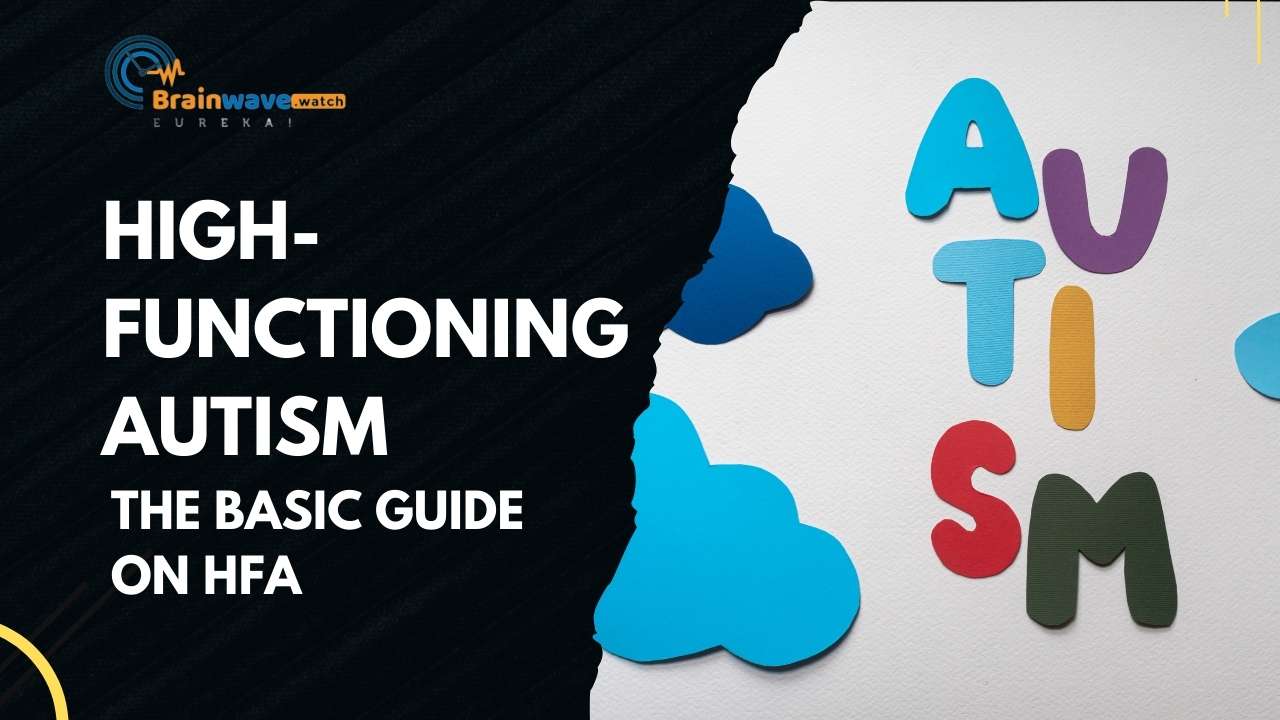
HighFunctioning Autism The Basic Guide on HFA
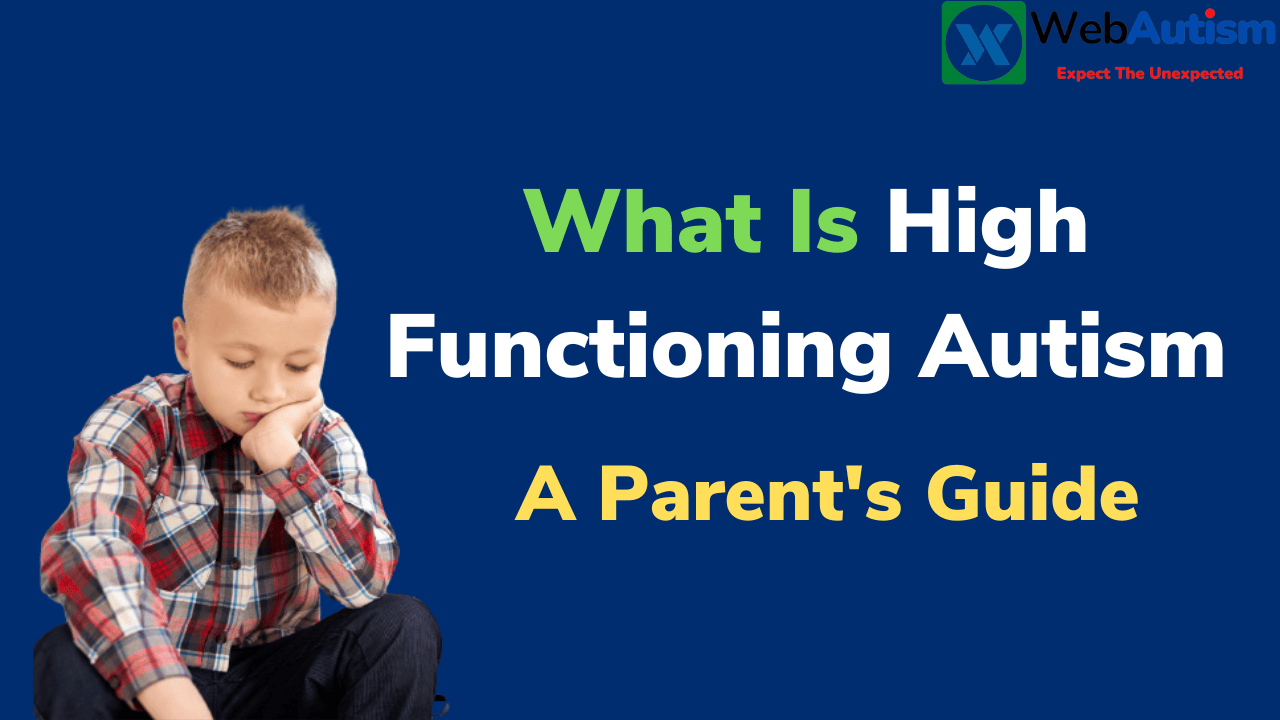
What Is High Functioning Autism? A Parent's Guide WebAutism
:max_bytes(150000):strip_icc()/is-it-high-functioning-autism-259942_final-67459718478440e0bcf105140cba0b03.jpg)
HighFunctioning Autism Overview and More
:max_bytes(150000):strip_icc()/What-are-the-three-levels-of-autism-260233-5baab02fc9e77c002c390bd2.png)
High functioning Asperger's & Autism Forum
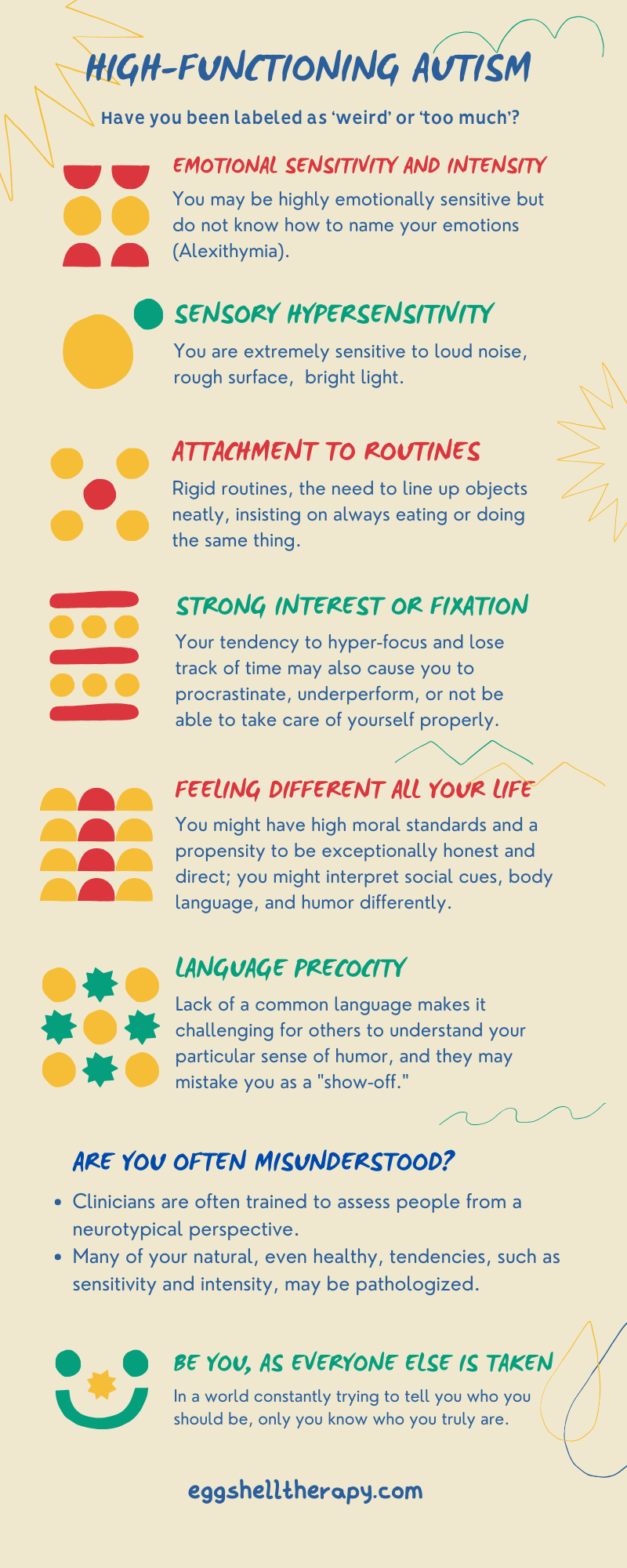
High Functioning Autism— Different, Not Less Imi Lo
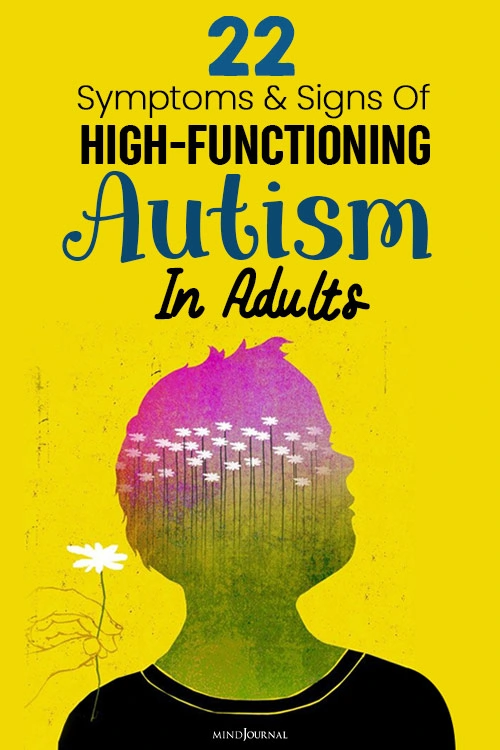
22 Symptoms And Signs Of HighFunctioning Autism In Adults

Is Level 2 Autism High Functioning? YouTube

Symptoms of HighFunctioning Autism Nevada Autism Center

I have "High Functioning" Autism AUTISM IN GIRLS YouTube

What is High Functioning Autism? Health & Wealth

Signs and Symptoms of High Functioning Autism
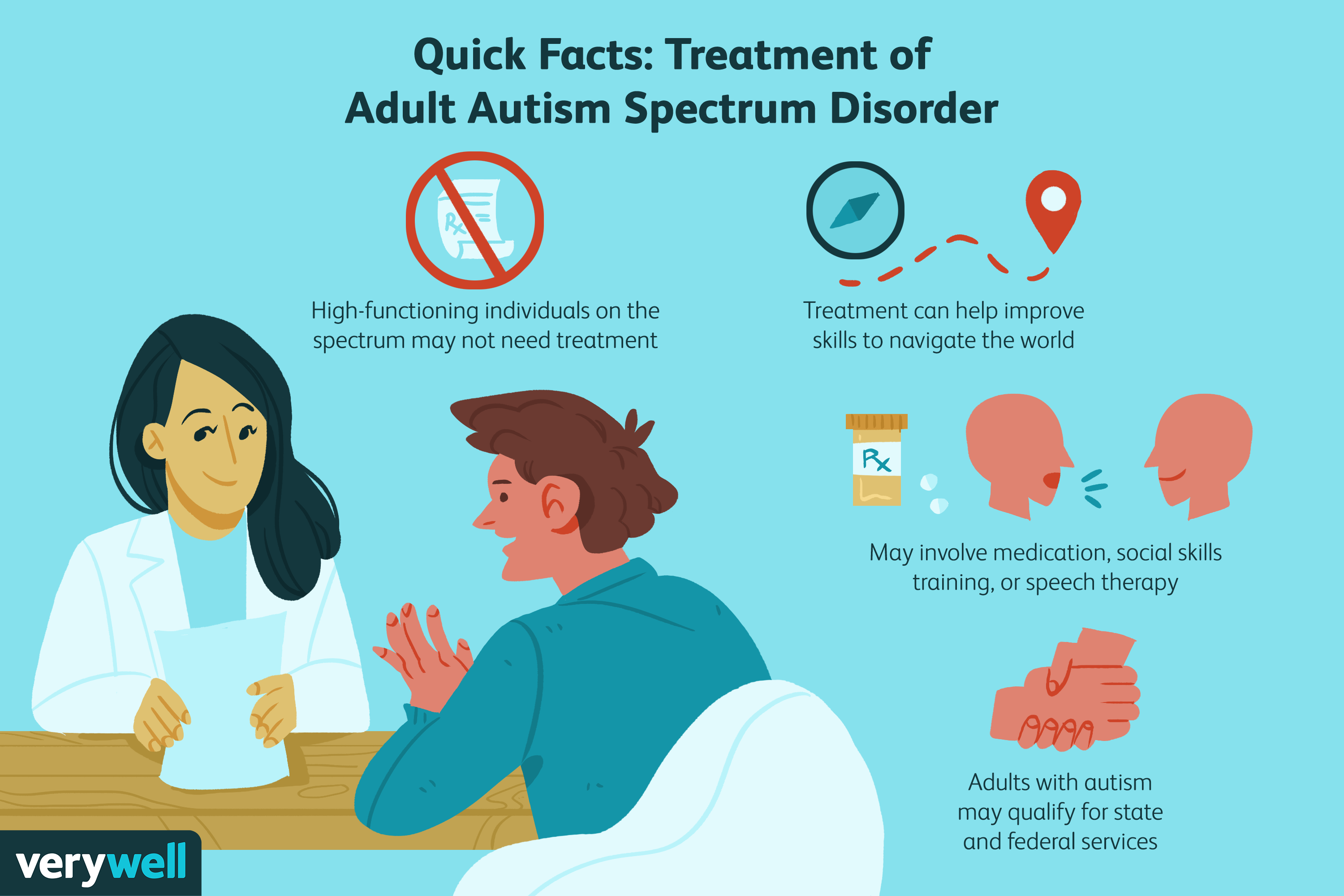
high functioning autism Fitness high functioning autism

What is High Functioning Autism? Autism What is High Functioning Autism?
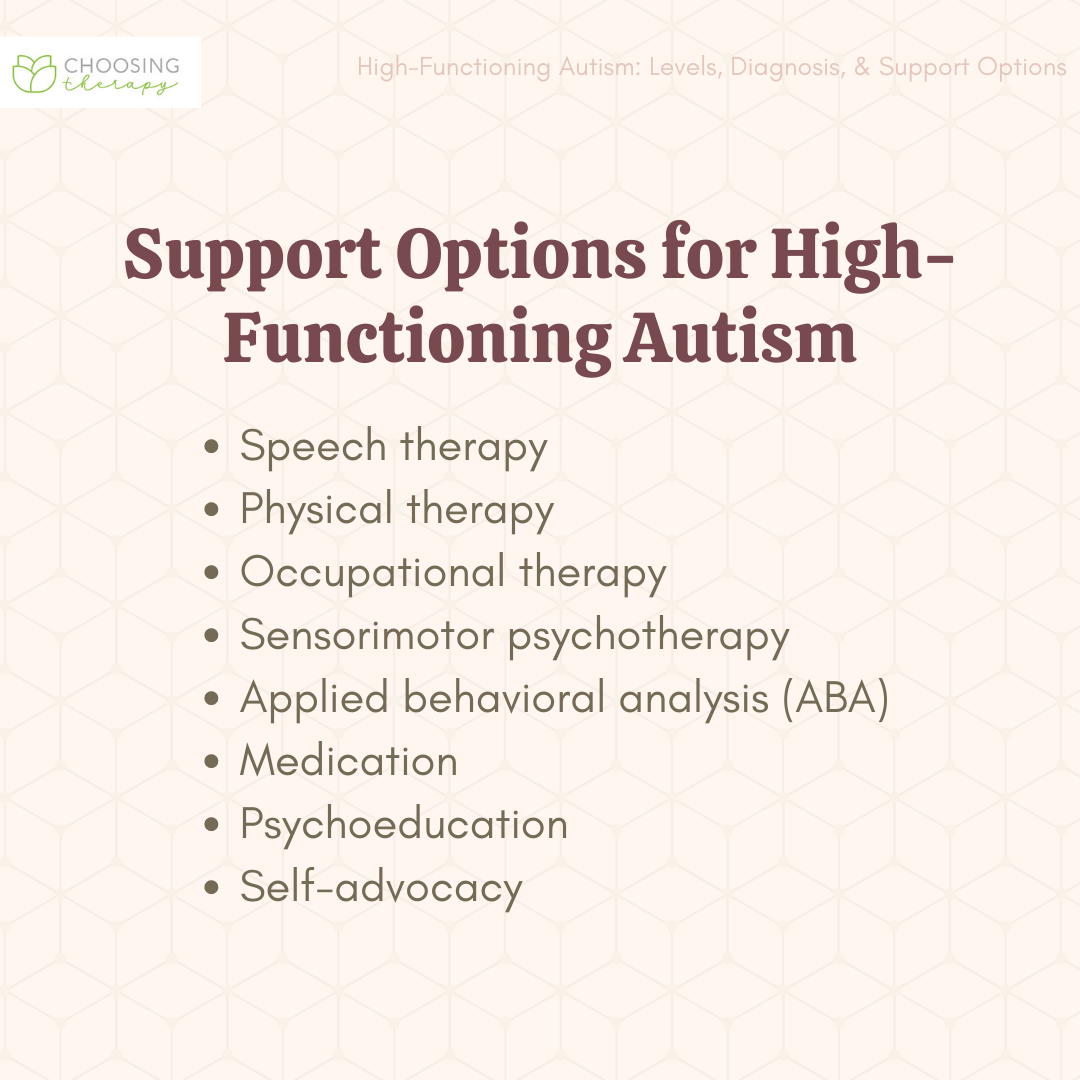
What Is High Functioning Autism?

Sound sensitivity Understanding autism, Autism articles, Autism sensory

High Functioning Autism

10 Symptoms of HighFunctioning Autism (2022)
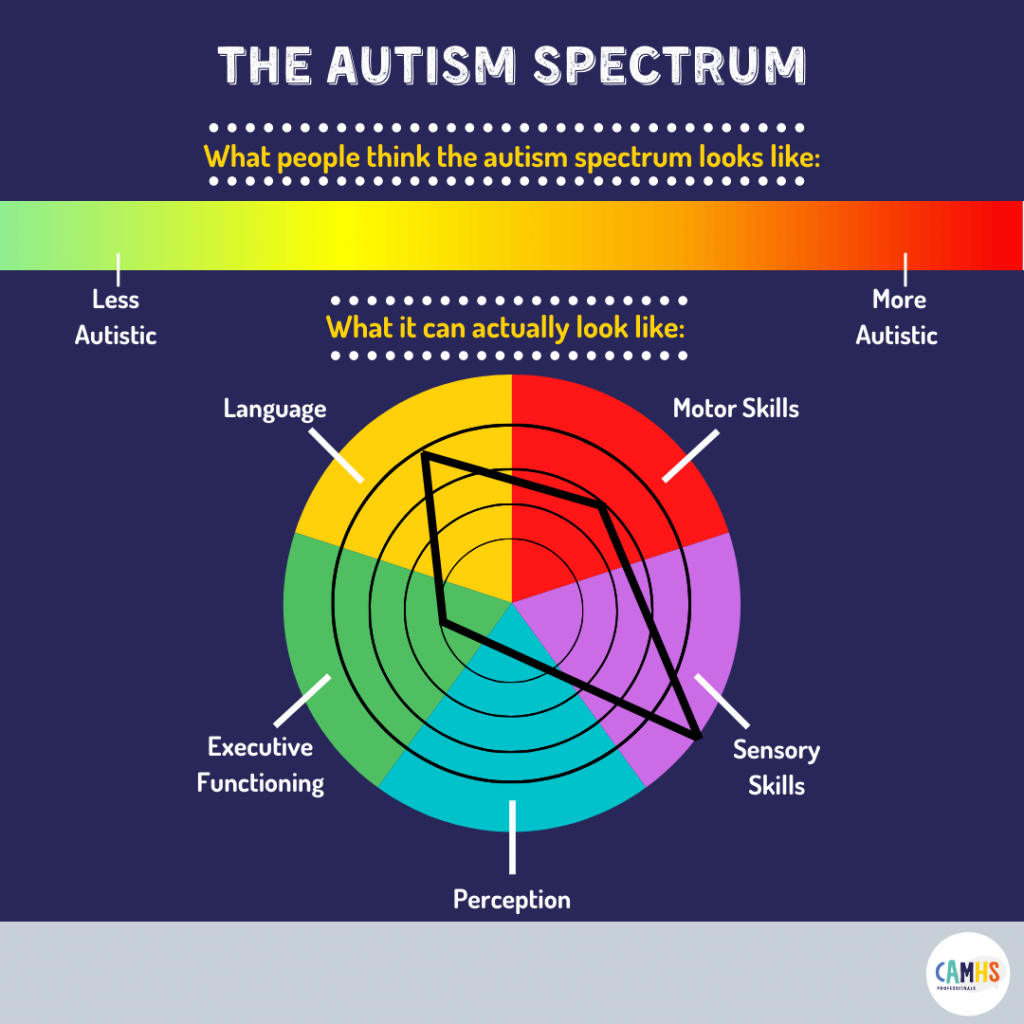
THE AUTISM SPECTRUM? CAMHS Professionals

HighFunctioning vs. LowFunctioning Autism
Literature on sound sensitivity in individuals with and without autism spectrum disorders (ASD) is reviewed in this article. Empirical evidence is examined, and physiologic and psychoemotional-behavioral perspectives are described.There is virtually no evidence of true physiological differences in auditory systems of individuals with ASD.. The lack of significant differences may be because the study group was on the high-functioning end of the autism spectrum (e.g., Asperger).. Results of this study demonstrated a significant improvement of sound sensitivity as measured by the Frequency Discomfort testing and suggested that AIT improved the participants' hearing by less than.